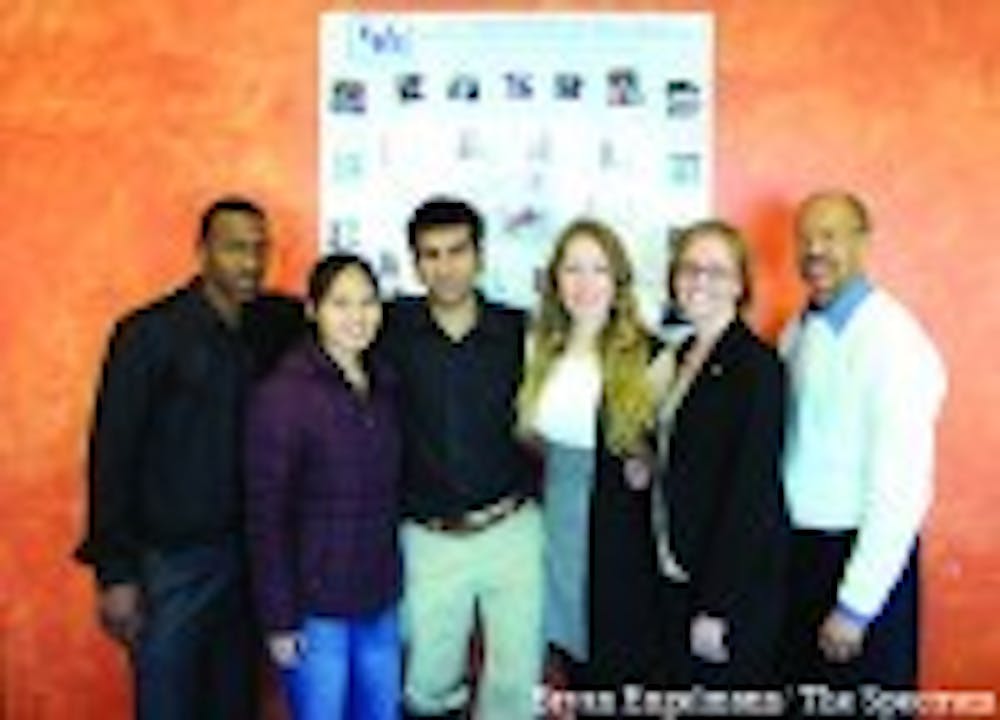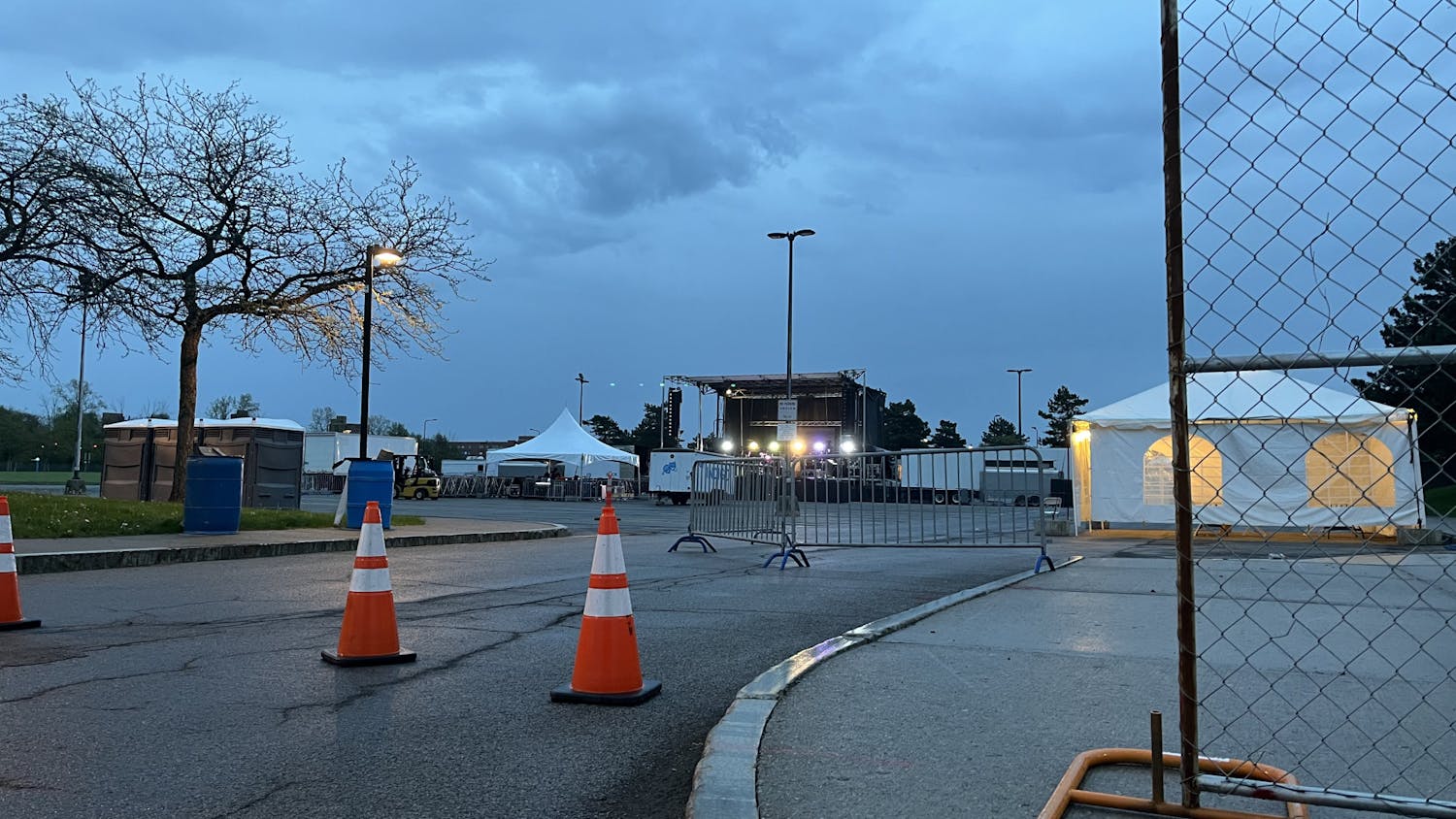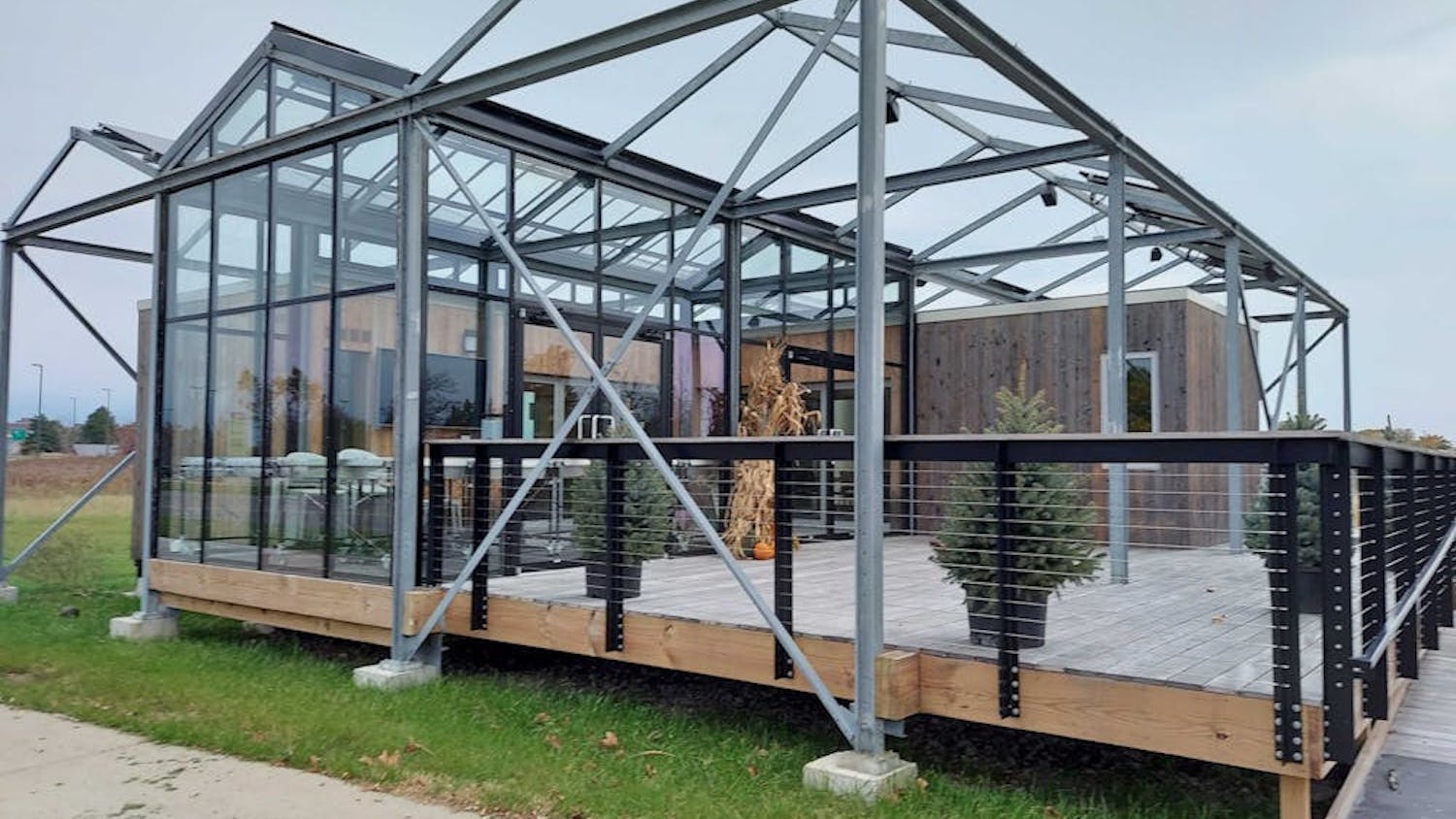Almost all UB students have witnessed the segregated tables filled with students of different races in the Student Union, racial groups and ethnic-based cliques on campus.
A new study being done at UB hopes to shed light on the topic of college students' perceptions of race.
With over 1,000 students surveyed, Professor Wesley Carter and his student researchers have taken an in-depth look at how students at UB feel about different races.
Questions ranging from "do you have friends with whom you associate who are members of a racial minority" to "do you approve or disapprove of interracial marriages" helped the group discover that although students often stick with people of their own races, students do want more integration.
"Regardless of race, students are uniform in their thought on how something has to be done about race," said Carter, a professor in the Department of American Pluralism. "A university is a perfect place for races to come together."
Some of the researchers believe that the university may be partially to blame for the lack of integration. Many international students and minorities are assigned dorms on South Campus as opposed to North Campus, which the department of housing does in an attempt to make students from urban areas feel more comfortable, according to one of the researchers on the project.
However, some of the researchers find it hard to believe that all of those students would prefer to be on South Campus. One researcher, who had previously worked in the housing department, claimed that students of the same race are put in the same dorms in an effort to prevent racism.
The researchers were surprised with some of the findings regarding discrimination.
"Discrimination still exists, no one will deny that; so our students were asked about their direct experiences with this real world situation," Carter said.
Surprisingly, 30 percent of the Caucasian students surveyed, but only 15 percent of Latino students surveyed, said they have been discriminated against. However, 100 percent of the black students surveyed, and 77 percent of the Asian students surveyed said they have been discriminated against.
Researchers were even more surprised with where the majority of the discrimination occurred.
"We thought most students would come to school and dissolve their race differences, we expected that no one would discriminate against each other at school," said Nishant Sunejay, a first year medical student and researcher for the study. "The highest finding was that most students are discriminated at the school instead of outside settings, like malls or movie theaters."
Researchers thought racism would subside among college students.
"We expected things to be a little more optimistic in a university setting and through college students perspectives...we found that most discrimination occurred on campus, which makes sense because we spend the majority of our time on campus," said Lauren Kneussle, a senior psychology major and researcher for the study.
Although the research, which is funded by the Center for Undergraduate Research and Creative Activities, has already given a great perspective of college students' view of race from the two years it has been conducted, Carter has big plans for the future. The group hopes to continue the research for two more years, and has already been approved for one more year.
Carter plans on conducting taped interviews to try to find out peoples' real reactions to questions, as some people may not answer all the questions honestly to avoid being labeled racist.
Once the group has surveyed 2,000 students, Carter hopes to survey students at other local colleges like Buffalo State and Canisius to compare results.
The student researchers, comprised of a group of scholar students that Carter selected himself, were incredibly active in the study. The researchers created and distributed the surveys, and calculated the findings as well.
"All I did was come up with the idea," Carter said.





